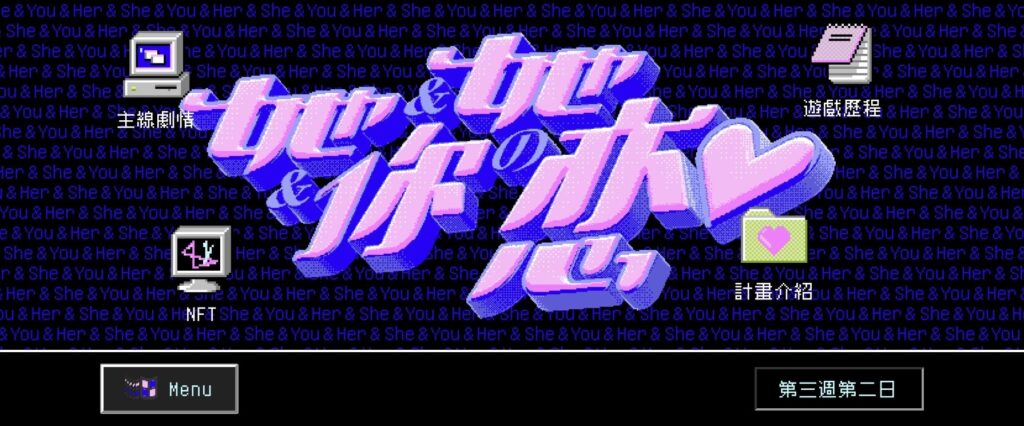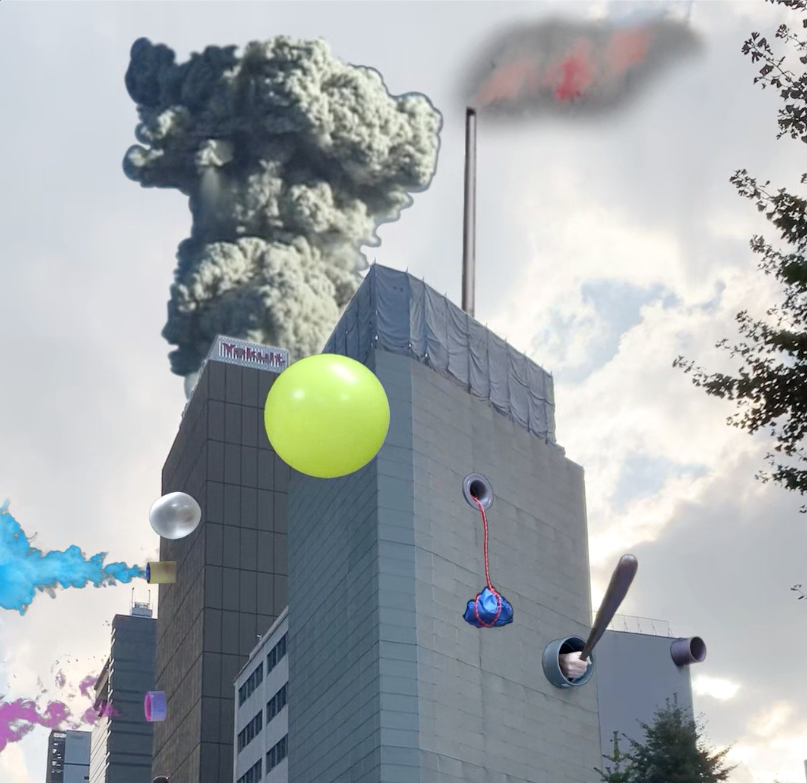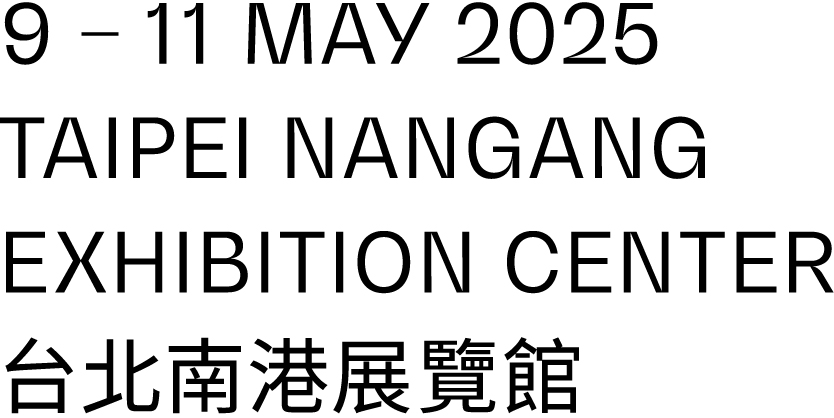10 NFT Keywords You Need To Know

The tech un-savvy may feel that the NFT space is one of incomprehensible jargon. NFTs, a way to prove digital asset ownership, emerged from blockchain developments and disrupted the art market during the pandemic. The birth of blockchain traces back to 2008, when an engineer under the pseudonym Satoshi Nakamoto published the paper Bitcoin: A Peer-to-Peer Electronic Cash System, outlining its concept and technical specifications.
Blockchain technology’s draw as a decentralized system gears it to be the next most influential technological development after social media. To guide you in this emerging new world, Taipei Dangdai selects ten keywords about NFT art that you need to know.
Beeple
The term “NFT” became everyday language when Christie’s New York sold the work of digital artist Beeple in a jaw-dropping auction on 11 March 2021. Everydays: The First 5000 Days is a collection of one-per-day images that Beeple had been producing for over thirteen years. It fetched over US$69 million, and payment had to be made on Ethereum. Beeple‘s artwork entered records as the second most expensive NFT artwork ever sold. Despite it later being flagged for controversial imagery, the work will go down in history for putting NFTs into the limelight.
Ethereum
Ethereum is a blockchain created by Vitalik Buterin, known in the Mandarin-Chinese speaking world as “V God”, who was inspired by Bitcoin in 2013 when he was just 19 years old. Its cryptocurrency Ether (ETH) is the second most valuable in today’s market.
ERC-721
Topping Art Review‘s Power 100 list in 2021, this keyword is in fact the code for an Ethereum standard. The ERC-721 protocol specifies which data the unique token of the NFT (non-fungible token) must record, so that it can be used to prove ownership. In a world where digital files are infinitely reproducible, NFTs are a way to define who owns which token and what digital file is associated with it.. This makes it possible to transfer, trade and possess digital objects like other art forms.
 Courtesy the artist and SOYL.
Courtesy the artist and SOYL.
Crypto Wallet
As blockchain was initially proposed to replace centralized systems of monetary transaction, many of its elements borrow from trading terminology. A wallet address is used to identify each user on the blockchain, similar to how an IP address distinguishes users online. Since NFTs verify proof of ownership on a decentralized blockchain, an NFT has to be attributed to a user’s wallet to deem it ‘owned’. Currently, crypto wallets correspond to different types of blockchains, for example, the Ethereum blockchain requires an Ethereum wallet for transactions.
Minting and Gas Fee
Each time a new proof of ownership is recorded, including when an NFT is first generated, this is called “minting”. In the decentralized world of blockchain, there are many nodes(known as miners) that record the transaction, each independently solving calculations to create unique IDs and other necessary data. The simultaneity of all the nodes’ record-making create a consensus mechanism that is difficult to tamper with, thus decentralizing the system. The handling fee paid to the blocks/miners is known as the Gas Fee.
SOYL
SOYL is Taiwan’s home-grown NFT platform, whose name in Mandarin translates to “All”. Fittingly, it merges curating, trading, media and management services, with a team comprising specialists in contemporary art and blockchain. SOYL aims to promote all art forms distributable in the form of NFTs, including painting, multimedia, sculpture, and photography, and generate new experiences in OMO (Online Merge Offline) collections. In its pipeline is content that fuses fashion and music, as well as bringing other cross-disciplinary collaborations into being. During Taipei Dangdai, in the sector “Launch Stage”, SOYL will exclusively drop NFT art by artist Huang Hai-Hsin, as well as artist Ting-tong Chang’s latest immersive mobile game project She & You & Her. Japanese artist Teppei Kaneuji’s Tower (NFT) series is also live on the platform.
Discord and AMA
The NFT community is tight-knit. NFT creators, marketplaces and community forums all commonly use Discord as their communication platform. Originally popularized by gamers, Discord seamlessly integrates text, voice and live-streaming, with various plug-in bots to add functions such as music playback and password verification. Many digital-native artists are also frequent Discord users, often hosting AMAs (“Ask Me Anything” discussions) that emphasize the community’s approachability and openness.
 Courtesy the artist and SOYL.
Courtesy the artist and SOYL.
Floor price
As an NFT circulates, its value accumulates, so it makes sense that the NFT marketplace uses auction house mechanisms and terms. The floor price is the lowest price at which a work in an NFT collection can be purchased, and the higher the floor price, the more valuable the NFT is considered to be for its holder.
Whitelist
Having a whitelist is a way of rallying a community around NFT projects. From time to time, projects will hold events to put users onto its whitelist, where they may give away NFTs or priorities to mint future projects. It also incentivizes the continuing participation of digital natives and others who are genuinely engaged with the community.
Mystery box / Blind Box
The mystery box is the virtual world’s version of the lucky dip or the grab bag. A user first pays a fixed price (sometimes just the gas fees), only seeing the NFT when they open the box. The mystery NFT can vary greatly in value, so drawing a prized rarity is tantamount to winning the lottery. The mystery box is also a strategy used to bond the NFT community.
Still confused? SOYL will be leading crypto wallet workshops at Taipei Dangdai every day at 11.00am from 20 to 22 May, guiding you step by step into the extraordinary universe of NFTs. And as part of “Taipei Platform” on 21 May (Sat) from 3 – 4pm, SOYL co-founders James Chen and Paige Chao will also be discussing the current state of NFT art and its market for collectors.



